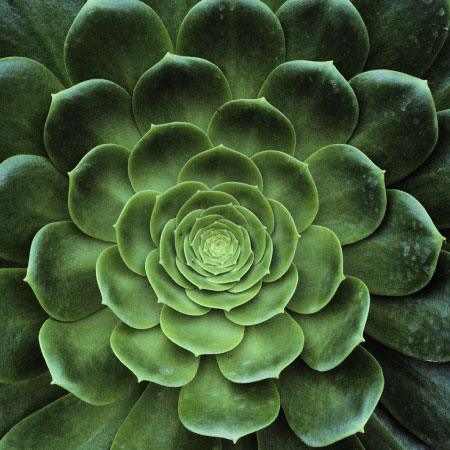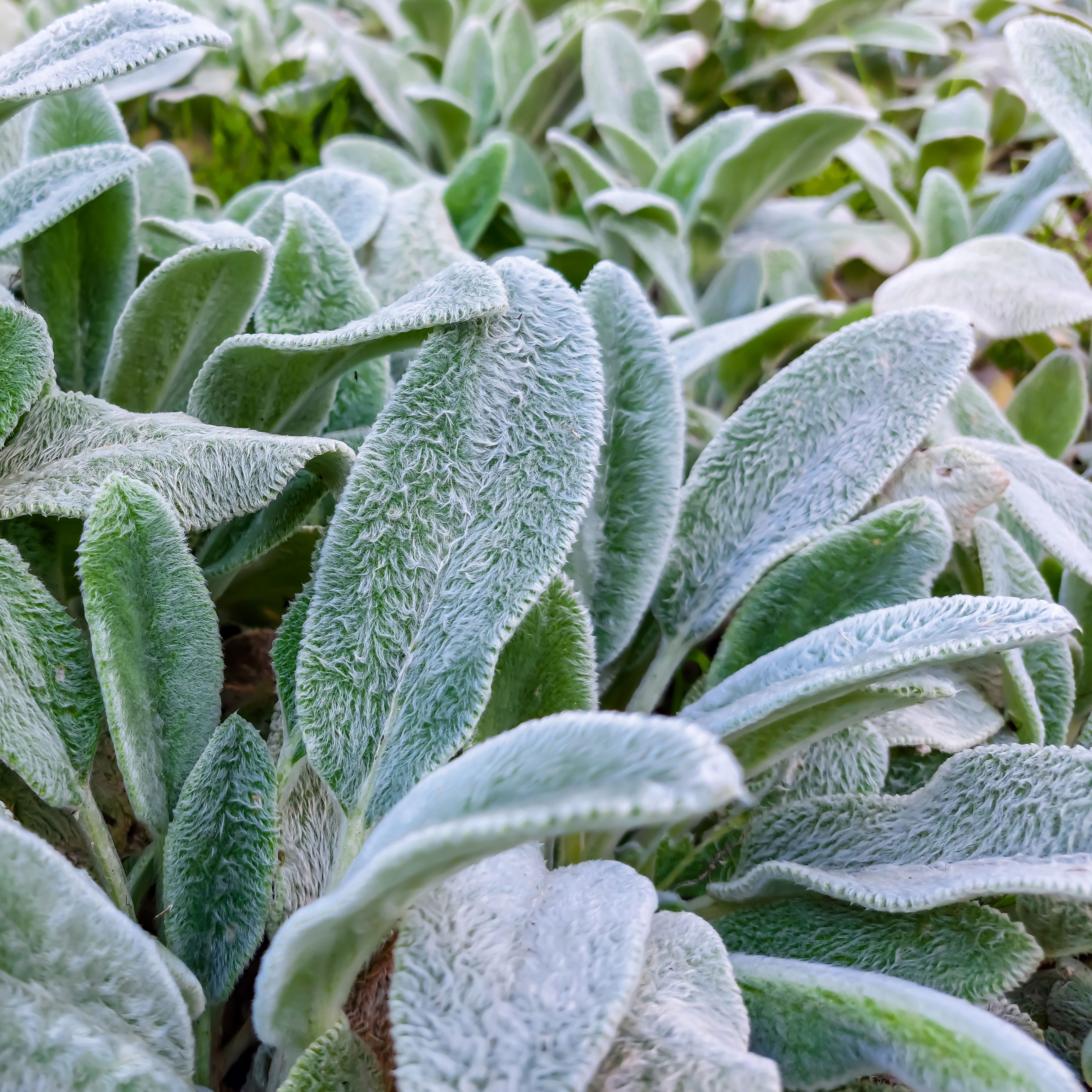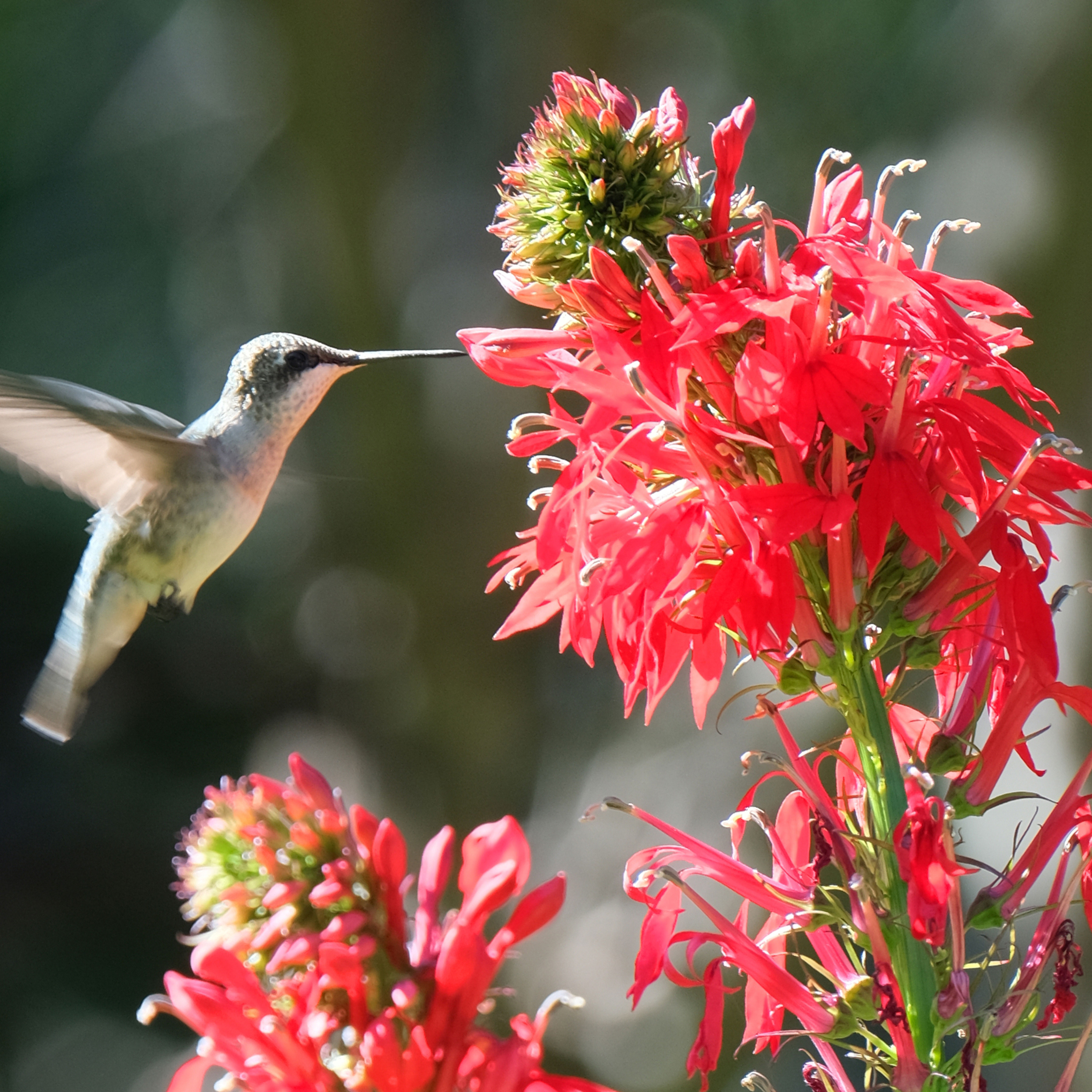Hydrangeas That Are Evergreen: What Hydrangeas Are Evergreen


Hydrangeas are beautiful plants with big, bold leaves and clusters of fancy, long-lasting blooms. However, most are deciduous shrubs or vines that can look a bit bare and forlorn during the winter months.
What hydrangeas are evergreen year-round? Are there hydrangeas that don’t lose their leaves? There aren’t many, but evergreen hydrangea varieties are stunningly beautiful – all year. Read on and learn more about hydrangeas that are evergreen.
Evergreen Hydrangea Varieties
The following list includes hydrangeas that don’t lose their leaves, and one that makes a great alternative plant:
Climbing evergreen hydrangea (Hydrangea integrifolia) – This climbing hydrangea is an elegant, rambling vine with glossy, lance-shaped leaves and red-tinged stems. Lacy white flowers, which are a little smaller than most hydrangeas, show up in spring. This hydrangea, native to the Philippines, is lovely scrambling over fences or ugly retaining walls, and particularly striking when it climbs up an evergreen tree, attaching itself by aerial roots. It is suitable for growing in zones 9 through 10.
Seemann’s hydrangea (Hydrangea seemanii) – Native to Mexico this a climbing, twining, self-clinging vine with leathery, dark green leaves and clusters of sweet-smelling, creamy tan or greenish white flowers that make an appearance in late spring and early summer. Feel free to let the vine twine up and around a Douglas fir or other evergreen; it’s beautiful and won’t harm the tree. Seeman’s hydrangea, also known as Mexican climbing hydrangea, is suitable for USDA zones 8 through 10.
Chinese quinine (Dichroa febrifuga) – This isn’t a true hydrangea, but it’s an extremely close cousin and a stand-in for hydrangeas that are evergreen. In fact, you may think it’s a regular hydrangea until it doesn’t drop its leaves when winter comes. The flowers, which arrive in early summer, tend to be bright blue to lavender in acidic soil and lilac to mauve in alkaline conditions. Native to the Himalayas, Chinese quinine is also known as blue evergreen. It is suitable for growing in USDA zones 8 to 10.
Gardening tips, videos, info and more delivered right to your inbox!
Sign up for the Gardening Know How newsletter today and receive a free copy of our e-book "How to Grow Delicious Tomatoes".

A Credentialed Garden Writer, Mary H. Dyer was with Gardening Know How in the very beginning, publishing articles as early as 2007.
-
 Looking For Plants To Give You The Soft And Fuzzies? Try These 5 Fuzzy Leaf Plant Options
Looking For Plants To Give You The Soft And Fuzzies? Try These 5 Fuzzy Leaf Plant OptionsLovers of texture, drama, silver foliage and tactile plants will adore these special sensory garden additions. These fuzzy leaf plant options will leave you all aglow
By Susan Albert
-
 Get Ready For A Summer Of Hummers! Grow These Full Sun Hummingbird Plants and Flowers
Get Ready For A Summer Of Hummers! Grow These Full Sun Hummingbird Plants and FlowersIf you’re lucky enough to enjoy a sunny backyard, make sure you are maxing out on your pollinator opportunities and grow these full sun hummingbird plants and flowers
By Tonya Barnett